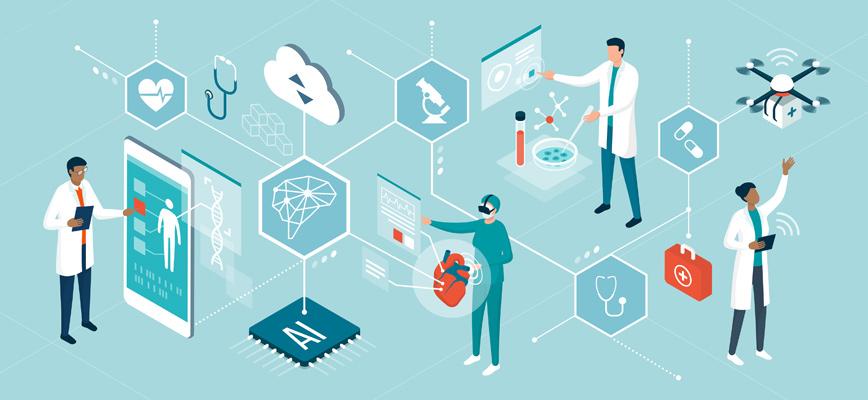High-performance computing (HPC) is reshaping the landscape of neuroimaging, enabling faster, more efficient analysis of brain data. In the article “Heads in the Cloud: A Primer on Neuroimaging Applications of High Performance Computing”, Shatil et al. (2016) delve into how cloud-based technologies are revolutionizing this field. By utilizing distributed computing and cloud storage, researchers can now process, analyze, and store vast amounts of data with greater efficiency and speed.
Neuroimaging and HPC: An Overview
Neuroimaging plays a crucial role in understanding brain structure and function. Techniques such as magnetic resonance imaging (MRI) and functional MRI (fMRI) generate large datasets that demand significant computational resources. Traditionally, processing these data required specialized workstations and lengthy procedures. However, with HPC, these processes can be completed much faster and more affordably, accelerating discoveries.
Cloud-based HPC provides a scalable infrastructure where neuroimaging data can be processed simultaneously across multiple servers. This parallel processing leads to faster results, which is especially important in clinical settings.
The Benefits of HPC in Neuroimaging
1. Improved Computational Power
Cloud-based HPC enables the processing of larger datasets, essential for neuroimaging techniques. Parallel processing reduces the time needed for complex analyses, making it a game-changer in research.
2. Scalability and Flexibility
Researchers can scale their computational resources up or down based on their needs, offering flexibility and cost efficiency. Cloud computing removes the limitations of local infrastructure.
3. Collaboration and Accessibility
Cloud platforms facilitate real-time collaboration among researchers across the globe. The data and results are stored in the cloud, providing easy access from anywhere, which enhances the efficiency of multi-center studies.
4. Data Storage and Security
Neuroimaging datasets are not only large but also sensitive. Cloud solutions provide secure storage with encryption and backup protocols to ensure data integrity and compliance with privacy regulations.
Challenges and Considerations
While the advantages of HPC in neuroimaging are significant, there are still hurdles to overcome. One challenge is the cost of cloud computing, as extensive data processing and storage can accumulate quickly. Additionally, integrating cloud-based solutions into existing healthcare infrastructures may require significant adjustments, including staff training and workflow changes.
Data privacy and security are critical considerations, particularly in healthcare settings. Ensuring compliance with regulations such as HIPAA is crucial for the adoption of cloud computing in medical imaging.

Conclusion
The integration of HPC in neuroimaging is revolutionizing both research and clinical applications. Faster processing, enhanced collaboration, and secure data storage are just a few of the advantages. As cloud computing continues to advance, its role in neuroimaging will only grow, providing new insights into brain health and disease.
For those in the medical technology field or considering the use of cloud computing in their research, it is clear that HPC is not just a passing trend—it is an essential tool for the future of neuroimaging.
References:
Shatil, A.S., Younas, S., Pourreza, H., & Figley, C.R. (2016). Heads in the Cloud: A Primer on Neuroimaging Applications of High Performance Computing. Magn Reson Insights, 8(Suppl 1), 69-80. doi: 10.4137/MRI.S23558.